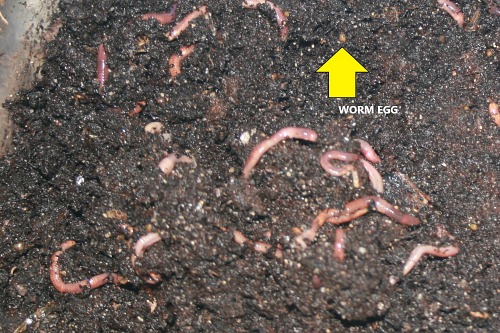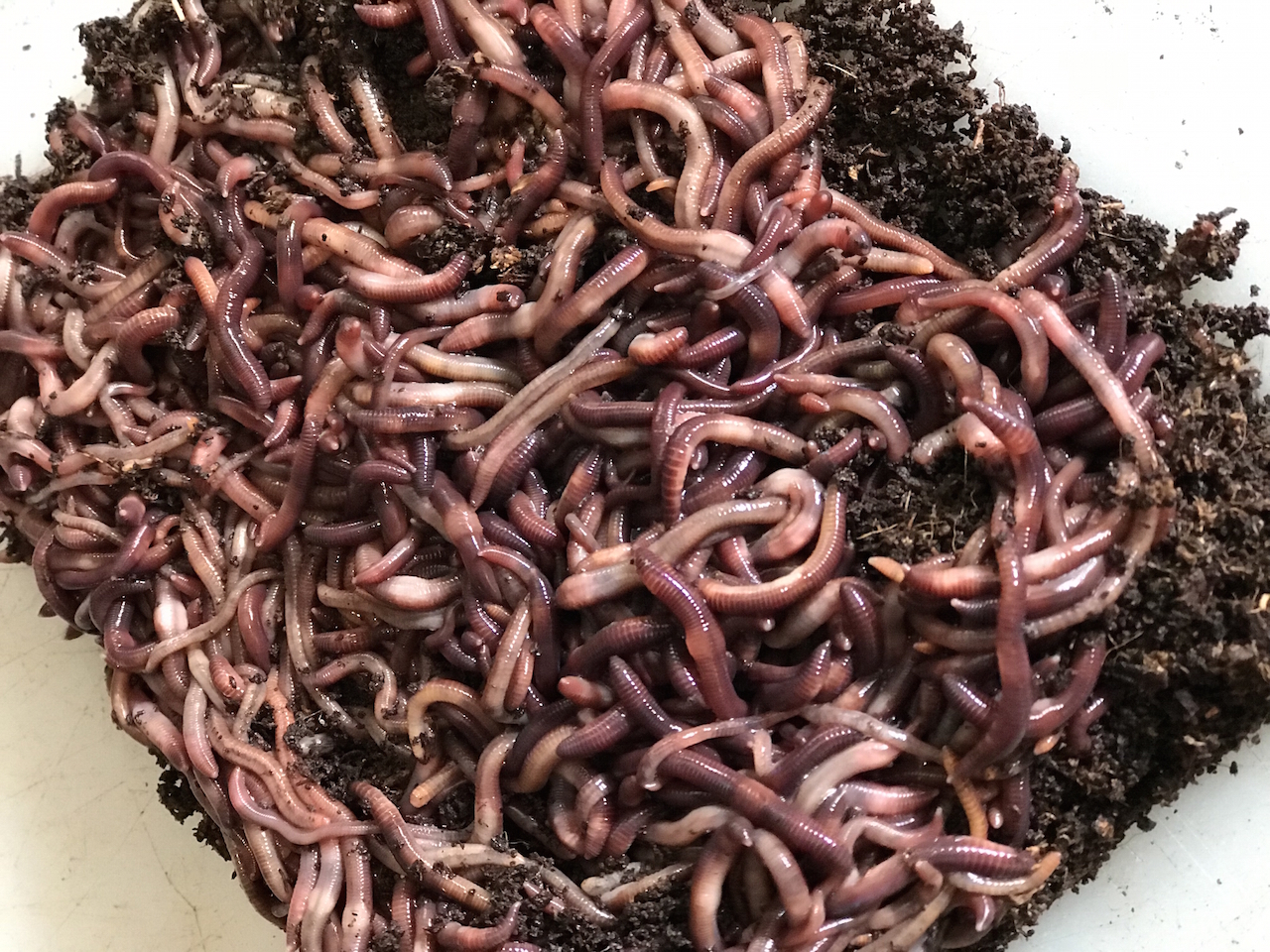Open the Tricks of Red Wigglers: Your Overview to Composting Success
The assimilation of red wigglers right into composting practices provides a considerable opportunity for boosting dirt wellness and advertising sustainability. These organisms are not merely reliable recyclers of organic waste; they provide a myriad of advantages that can change garden management. Comprehending their needs and actions is crucial for maximizing their capacity, from establishing up a proper worm bin to feeding them the ideal materials. As we check out the necessary parts of successful vermicomposting, one may wonder exactly how these little creatures can cause a much more dynamic and productive yard ecosystem.

What Are Red Wigglers?
(Red Wiggler Express)Red wigglers, medically called Eisenia fetida, are a species of earthworm largely made use of in composting as a result of their exceptional capacity to decay raw material successfully. These worms are identified by their reddish-brown pigmentation and a fractional body, usually gauging in between 3 to 4 inches in size. Unlike various other earthworm species, red wigglers prosper in abundant, organic environments, making them perfect for vermicomposting systems.
Belonging To The United States And copyright, they are typically found in decaying leaves and garden compost stacks, where they play an essential function in nutrient recycling. Their adaptation to living in a wet, aerobic environment enables them to consume big amounts of natural waste, damaging it down into nutrient-rich castings that enhance soil health.
Red wigglers reproduce quickly, with a single worm capable of generating several cocoons each week, each having multiple hatchlings. Recognizing the biology and habits of red wigglers is essential for maximizing their possibility in composting applications.
Benefits of Using Red Wigglers
Taking advantage of the power of red wigglers in composting provides numerous advantages that improve soil wellness and advertise lasting waste administration. These amazing microorganisms successfully break down raw material, transforming kitchen area scraps and lawn waste into nutrient-rich vermicompost. This completed product is exceptionally valuable for plant growth, as it boosts soil structure, enhances moisture retention, and improves nutrition availability.

(Lake Hickory Bait)Additionally, the presence of red wigglers in your composting system can speed up the composting procedure, producing high-quality compost in a fraction of the time contrasted to conventional techniques. The castings produced by these worms are also bursting with beneficial bacteria that further enrich the soil ecological community.
Establishing Up Your Worm Bin
Producing an effective worm container is an uncomplicated procedure that can significantly boost your composting initiatives. Worm containers can be made from plastic storage containers, wooden boxes, or commercially readily available worm containers.
Following, prepare the bedding material, which content serves as the worms' habitat. A mix of shredded newspaper, cardboard, and coconut coir functions well, offering a comfy setting for the worms.

Feeding Your Red Wigglers
To guarantee the health and wellness and productivity of your red wigglers, it is vital to provide them with a balanced diet regimen that satisfies their dietary needs. Red wigglers thrive on a varied variety of natural materials, which not only provide needed nutrients but additionally promote efficient composting.
Beginning by integrating kitchen area scraps such as veggie peels, fruit cores, and coffee premises. Prevent citrus fruits, onions, and garlic, as these can be detrimental to worm wellness. In addition, present shredded paper, cardboard, and completely dry leaves to produce a well-aerated atmosphere.
Feeding frequency must be monitored; usually, worms can consume half their body weight in food weekly. It is crucial to prevent overfeeding, as excess food can bring about unpleasant smells and attract pests. A great practice is to add food in percentages, permitting worms to process it prior to presenting extra.
Keeping wetness degrees is additionally vital; the bed linens needs to be moist but not soaked. Be sure to consistently inspect the temperature and pH levels of the bin to guarantee an optimum setting for your red wigglers, inevitably enhancing their composting performance.
Harvesting and Making Use Of Garden Compost
An effective composting process with red wigglers finishes in the abundant, dark garden compost called vermicompost, which can substantially enhance soil wellness and plant growth. Harvesting this nutrient-dense product typically occurs every 3 to 6 months, depending on the size of your system and the amount of raw material being refined.
To gather, carefully different the garden compost from the worms and any kind of undecomposed products. One reliable approach includes relocating the materials of the container to one side and including fresh bed linens and food to the empty space, motivating the worms to migrate. After a few days, the compost can be gathered from the contrary side.
It is necessary to utilize vermicompost properly to maximize its advantages. By integrating vermicompost right into your gardening regimen, you not just reuse organic waste yet also create a successful environment that supports lasting horticulture methods.
Final Thought
In recap, red wigglers serve as outstanding allies in composting initiatives, transforming natural waste right into nutrient-rich vermicompost. By comprehending the optimum conditions for their habitat, feeding demands, and compost harvesting methods, garden enthusiasts can improve dirt wellness and promote plant vitality.